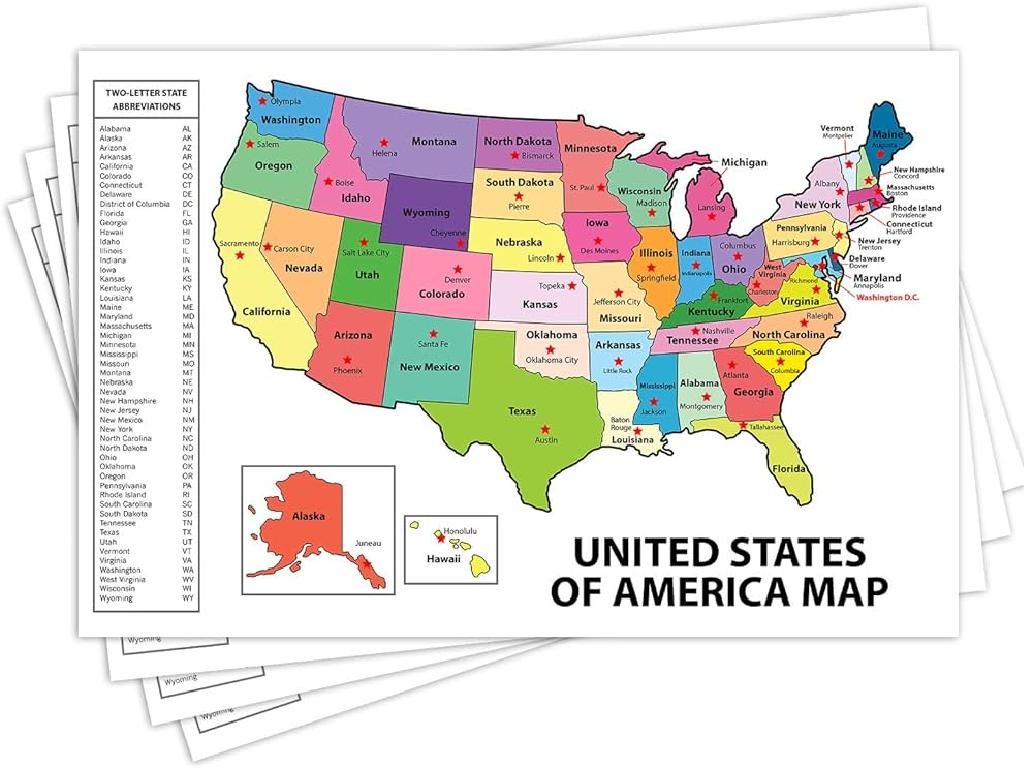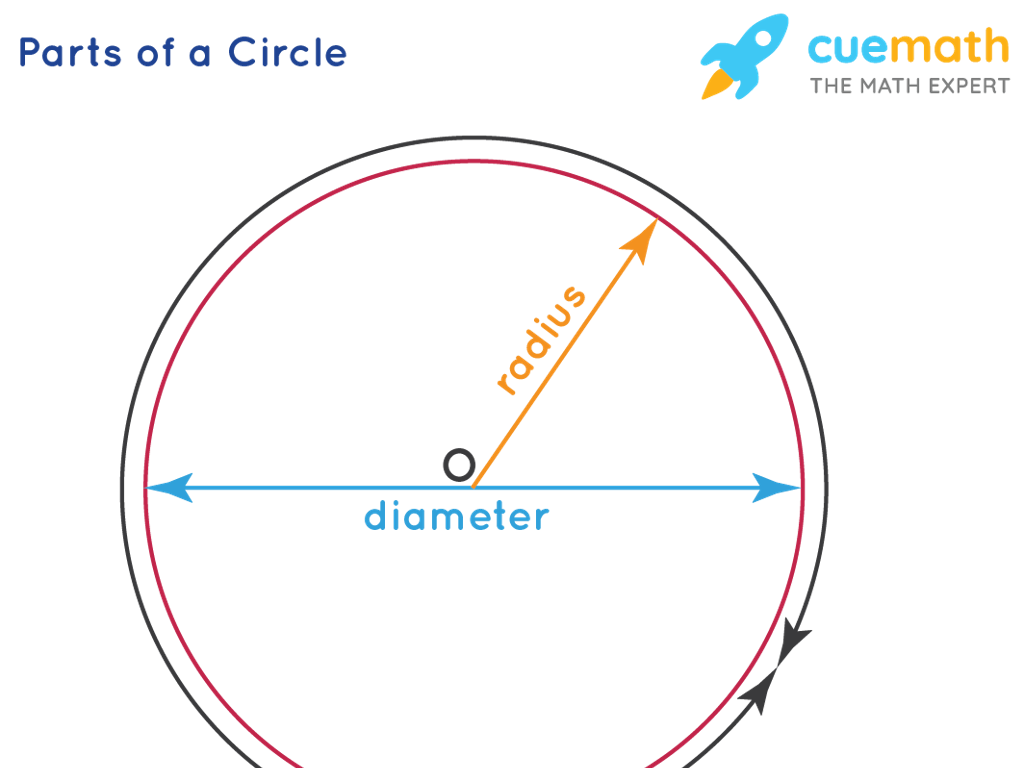Area Of Trapezoids
Subject: Math
Grade: Sixth grade
Topic: Perimeter And Area
Please LOG IN to download the presentation. Access is available to registered users only.
View More Content
Exploring Area: The Space Inside Shapes
– Understanding perimeter and area
– Perimeter: The border measurement
– Perimeter is the total length around a shape
– Area introduction: Inside space
– Area measures the surface a shape covers
– Focusing on trapezoids
– A trapezoid has a unique formula for area
|
This slide introduces the concepts of perimeter and area, setting the stage for a deeper dive into the area of trapezoids. Begin by ensuring students understand that perimeter is the total distance around the edge of a shape, which they may remember from previous lessons. Then, shift focus to the concept of area, explaining it as the amount of space inside a two-dimensional shape. Emphasize that different shapes have different formulas for calculating area, and today’s lesson will focus on understanding how to calculate the area of trapezoids. Provide examples of trapezoids in real life, such as a piece of land or the cross-section of a prism, to make the concept more relatable.
Exploring the Trapezoid
– Definition of a trapezoid
– A quadrilateral with one pair of parallel sides
– Parts: bases, legs, altitude
– Bases are parallel sides, legs are non-parallel sides, altitude is perpendicular height
– Real-life trapezoid examples
– Examples: bridges, handbags, kites
– Calculating trapezoid area
– Area = (base1 + base2) / 2 * altitude
|
Introduce the concept of a trapezoid by defining it and discussing its characteristics. Ensure students can identify the different parts of a trapezoid: the bases (parallel sides), legs (non-parallel sides), and altitude (height). Provide relatable examples of trapezoids that students might encounter in their daily lives, such as certain architectural structures or objects. Finally, demonstrate how to calculate the area of a trapezoid using the formula, emphasizing the importance of knowing the lengths of the bases and the altitude. Encourage students to practice with different trapezoid shapes and to find trapezoids in their environment.
Understanding the Area of a Trapezoid
– Area formula for trapezoids
– A = 1/2 * (base1 + base2) * height
– Dissecting the formula components
– Base1 and base2 are the parallel sides, height is the perpendicular distance
– Logical reasoning behind the formula
– It’s derived from the area of a rectangle and two triangles
– Applying the formula in problems
|
This slide aims to demystify the area calculation of a trapezoid for sixth-grade students. Begin with the formula A = 1/2 * (base1 + base2) * height, ensuring students understand each component: base1 and base2 as the parallel sides and the height as the perpendicular distance between them. Explain that the formula is essentially dividing the trapezoid into simpler shapes whose areas we already know how to calculate – a rectangle and two right triangles. This understanding helps students grasp why the formula works and how it can be applied to solve problems involving trapezoids. Encourage students to practice by calculating the area of trapezoids with different dimensions.
Calculating the Area of a Trapezoid
– Step 1: Identify bases and height
– Bases are the parallel sides, height is perpendicular distance
– Step 2: Add lengths of the bases
– If base1 is 6cm and base2 is 4cm, their sum is 10cm
– Step 3: Multiply sum by the height
– Multiply the bases’ sum by the height of the trapezoid
– Step 4: Divide by 2 for the area
– Area equals half the product of the bases’ sum and height
|
This slide outlines the step-by-step process for calculating the area of a trapezoid, which is a fundamental concept in geometry for sixth-grade students. Begin by identifying the two parallel sides known as the bases, and the height, which is the perpendicular distance between them. Add the lengths of the bases together. Multiply this sum by the height to get the product. Finally, divide the product by 2 to find the area of the trapezoid. Provide examples with actual measurements to illustrate the process. For instance, if the lengths of the bases are 6cm and 4cm, and the height is 5cm, the area would be calculated as follows: ((6cm + 4cm) x 5cm) / 2 = 25cm². Encourage students to practice with different measurements and to understand each step’s purpose.
Let’s Practice Together: Area of Trapezoids
– Example 1: Calculate a given area
– Use dimensions: base1=5cm, base2=7cm, height=4cm
– Example 2: Find the missing dimension
– Given area=18 sq cm, base1=6cm, find height
– Group Practice: Solve trapezoid problems
– Students work in groups on assigned problems
– Share solutions and discuss
|
This slide is designed for a collaborative classroom activity focused on calculating the area of trapezoids. Begin with Example 1 by demonstrating how to use the formula for the area of a trapezoid (Area = 1/2 * (base1 + base2) * height) with provided dimensions. For Example 2, guide students through the process of rearranging the formula to solve for a missing dimension when the area is known. During group practice, students will apply these concepts to solve additional problems in small groups, fostering peer learning and discussion. Conclude by having groups share their solutions and methods, encouraging questions and explanations to deepen understanding. Provide support and clarification as needed.
Real-World Application: Area of Trapezoids
– Trapezoids in daily life
– Examples: bridges, architecture, art
– Utility of knowing the area
– Useful in design, construction, land assessment
– Discuss personal examples
– Share how you’ve seen trapezoids used around you
|
This slide aims to connect the mathematical concept of the area of trapezoids with its practical applications in the real world. Students will see how trapezoids are not just a geometric figure but a shape that is present in many structures and objects they encounter daily, such as in the design of bridges, buildings, and even artwork. Understanding how to calculate the area of trapezoids can be beneficial in various fields, including engineering, architecture, and agriculture. Encourage students to think about and discuss where they have seen trapezoids in their own lives and how the concept of area might apply. This discussion will help them appreciate the relevance of what they learn in math class to the world around them.
Class Activity: Create Your Trapezoid
– Gather materials: paper, ruler, scissors, markers
– Cut out a trapezoid shape
– Calculate the area of your trapezoid
– Use the formula: Area = (base1 + base2) / 2 * height
– Share your trapezoid and area with the class
|
This activity is designed to provide hands-on experience with the concept of the area of trapezoids. Students will use their creativity to cut out a trapezoid shape from paper. They will then apply the formula for finding the area of a trapezoid, which is the average of the two bases multiplied by the height. Encourage students to measure accurately and double-check their calculations. Afterward, students will present their trapezoid and explain how they calculated the area. This will reinforce their understanding and allow them to practice their presentation skills. Possible variations of the activity could include using different colored paper, comparing areas of different trapezoids, or even creating trapezoids with specific area requirements.
Homework and Wrap-up: Area of Trapezoids
– Complete the worksheet at home
– Worksheet has problems to calculate trapezoid areas
– Review today’s key points
– We learned the formula and solved examples
– Ask any final questions
– Practice makes perfect!
– Keep practicing to master the concept
|
For homework, students are assigned a worksheet that includes various problems on finding the area of trapezoids to reinforce today’s lesson. Begin the wrap-up by reviewing the formula for the area of a trapezoid (Area = (base1 + base2) / 2 * height) and the steps we took to solve the example problems in class. Encourage students to ask any lingering questions they might have before they leave, ensuring they understand the day’s material. Remind them that practicing these problems at home will help solidify their understanding of the concept. For the next class, be prepared to discuss the homework answers and address any difficulties the students encountered.






